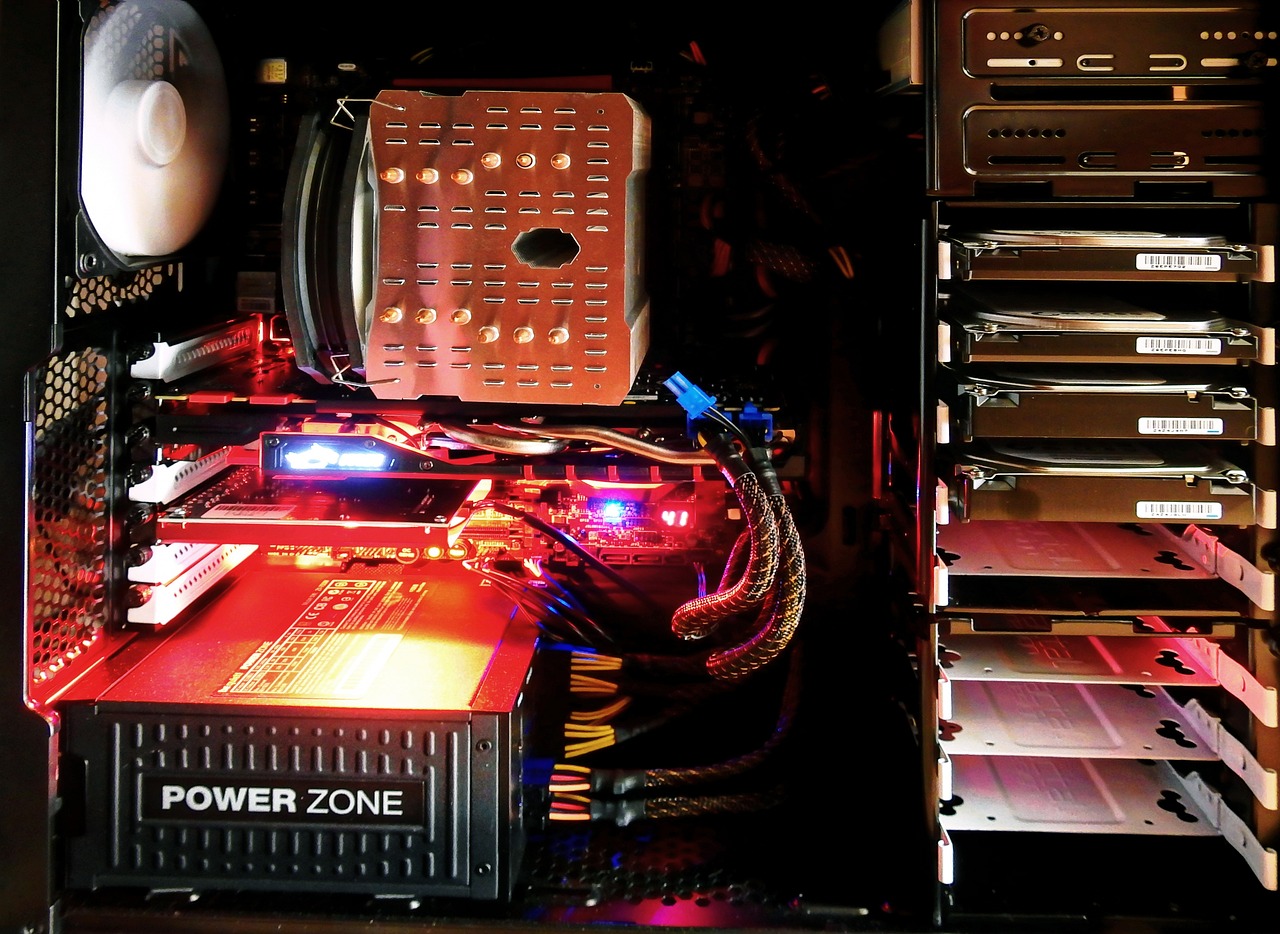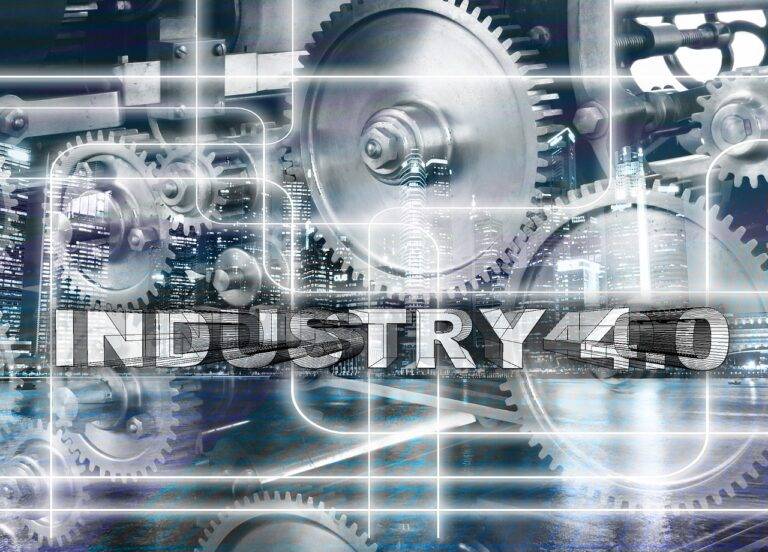The Potential of Quantum Metrology
Quantum metrology, a branch of quantum physics, holds immense promise for revolutionizing the field of measurement and precision. In this article, we’ll delve into the potential of quantum metrology and its implications for various applications.
Understanding Quantum Metrology
Quantum metrology harnesses the principles of quantum mechanics to enhance the precision of measurements beyond the capabilities of classical methods. At its core lies the concept of quantum entanglement, where quantum particles become correlated in such a way that the state of one particle is dependent on the state of another, even when separated by vast distances.
Key Concepts and Principles
1. Superposition: Quantum metrology leverages the phenomenon of superposition, where quantum particles can exist in multiple states simultaneously. This allows for the simultaneous interrogation of multiple states, enhancing measurement precision.
2. Entanglement: Quantum entanglement enables the generation of highly correlated quantum states, leading to enhanced measurement sensitivity and resolution. By exploiting entanglement, quantum metrology can surpass the limits imposed by classical measurement techniques.
3. Squeezed States: Squeezed states are quantum states with reduced uncertainty in one observable at the expense of increased uncertainty in another. These states enable more precise measurements in specific parameters, such as phase or amplitude.
Applications of Quantum Metrology
1. Atomic Clocks: Quantum metrology has revolutionized atomic clock technology, enabling the development of ultra-precise clocks based on atomic transitions. These clocks serve as the gold standard for timekeeping and have applications in GPS systems, telecommunications, and scientific research.
2. Quantum Sensors: Quantum metrology has paved the way for the development of highly sensitive sensors capable of detecting minute changes in physical quantities such as magnetic fields, gravitational waves, and electromagnetic radiation. Quantum sensors hold promise for applications in geophysical exploration, medical imaging, and environmental monitoring.
3. Quantum Imaging: Quantum metrology techniques have been applied to improve imaging technologies, enabling the generation of high-resolution images with reduced noise and enhanced contrast. Quantum imaging techniques have applications in medical diagnostics, security screening, and astronomical observations.
Challenges and Future Directions
1. Noise and Decoherence: Quantum metrology is susceptible to noise and decoherence, which can degrade measurement precision. Overcoming these challenges requires the development of error-correction techniques, noise-resistant protocols, and robust quantum hardware.
2. Scale-Up: Scaling up quantum metrology systems to handle larger datasets and more complex measurements remains a significant challenge. Addressing scalability issues will require advances in quantum computing, communication, and control technologies.
FAQs
Q: How does quantum metrology differ from classical metrology?
A: Quantum metrology leverages quantum mechanical phenomena such as superposition and entanglement to achieve measurement precision beyond the limits of classical methods.
Q: What are some practical applications of quantum metrology?
A: Quantum metrology has applications in atomic clocks, quantum sensors, quantum imaging, and precision measurements in various scientific and industrial fields.
Q: What are the main challenges facing the widespread adoption of quantum metrology?
A: Challenges include noise and decoherence, scalability, and the development of robust quantum hardware and error-correction techniques.





